Christophe Constantin, Marco De Rosa, Federica Di Pietrantonio,
Chiara Fantaccione, Roberta Folliero, Andrea Frosolini
curated by Porter Ducrist
27.06.2019 – 26.07.2019
Exhibition Views

Chilometro 0, 2019, installation view (ground floor), photo by Marco De Rosa 
Chilometro 0, 2019, installation view (ground floor), photo by Marco De Rosa 
Chilometro 0, 2019, installation view (ground floor), photo by Marco De Rosa 
Chilometro 0, 2019, installation view (ground floor), photo by Marco De Rosa 
Chilometro 0, 2019, installation view (ground floor), photo by Marco De Rosa 
Chilometro 0, 2019, installation view (ground floor), photo by Marco De Rosa 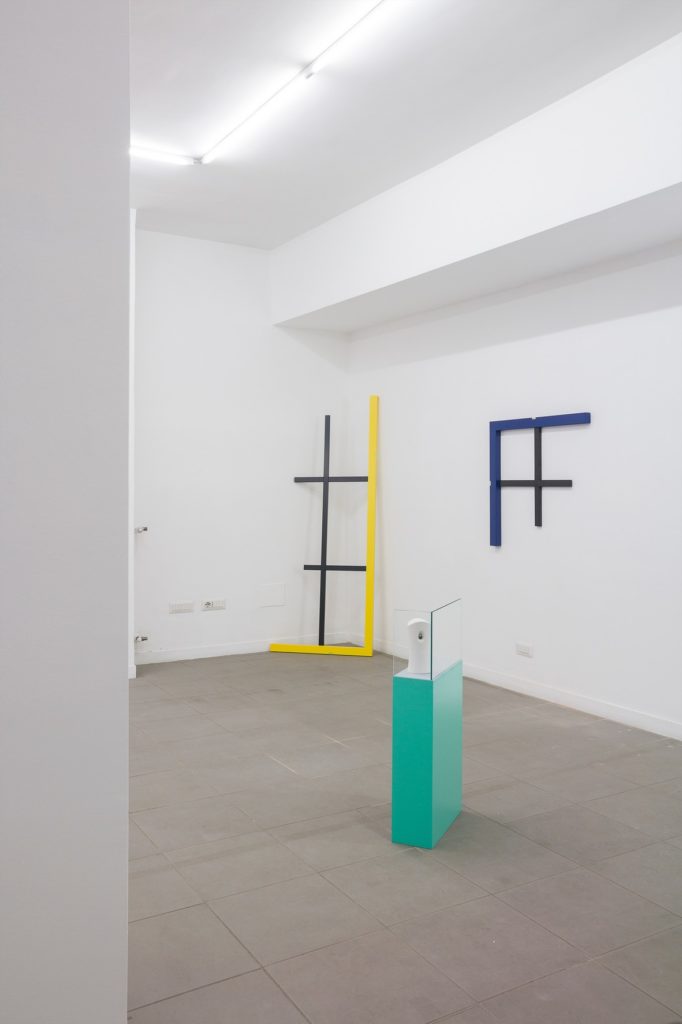
Chilometro 0, 2019, installation view (ground floor), photo by Marco De Rosa 
Chilometro 0, 2019, installation view (ground floor), photo by Marco De Rosa 
Chilometro 0, 2019, installation view (ground floor), photo by Marco De Rosa 
Chilometro 0, 2019, installation view (basement), 2019, photo by Marco De Rosa 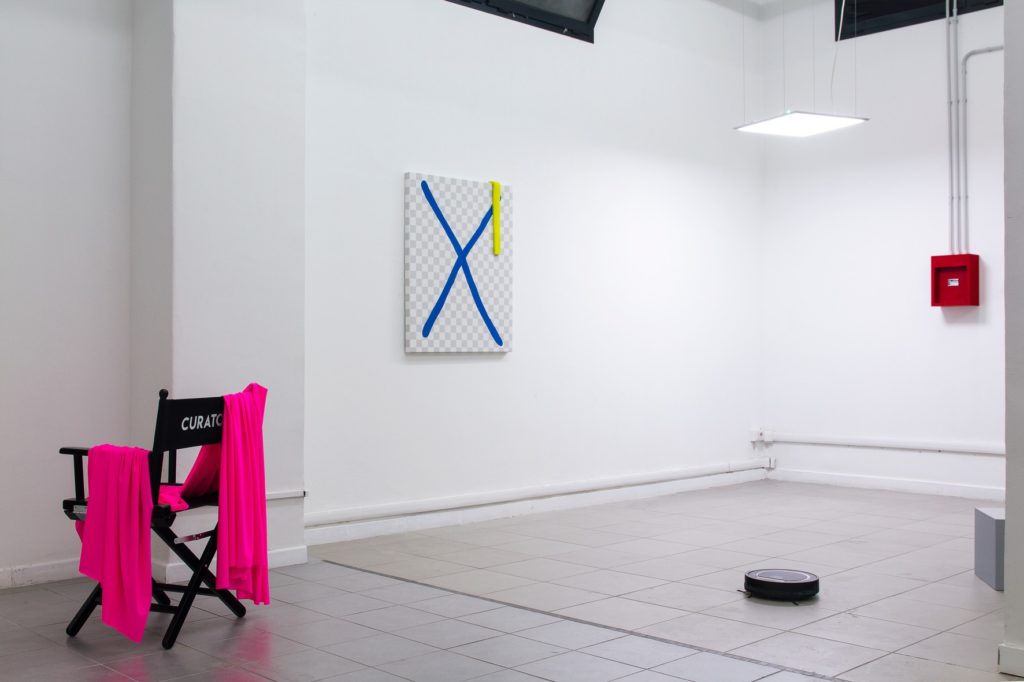
Chilometro 0, 2019, installation view (basement), photo by Marco De Rosa 
Chilometro 0, 2019, installation view (basement), photo by Marco De Rosa 
Chilometro 0, 2019, installation view (basement), photo by Marco De Rosa 
Chilometro 0, 2019, installation view (basement), photo by Marco De Rosa 
Chilometro 0, 2019, installation view (basement), photo by Marco De Rosa 
Chilometro 0, 2019, installation view (basement), photo by Marco De Rosa 
Chilometro 0, 2019, installation view (basement), photo by Marco De Rosa
Works

Andrea Frosolini, LACK, 2019, LACK shelves, glitter, variable dimensions, photo by Marco De Rosa 
Andrea Frosolini, LACK, 2019, LACK shelves, glitter, variable dimensions, detail, photo by Marco De Rosa 
Andrea Frosolini, LACK, 2019, LACK shelves, glitter, variable dimensions, photo by Marco De Rosa 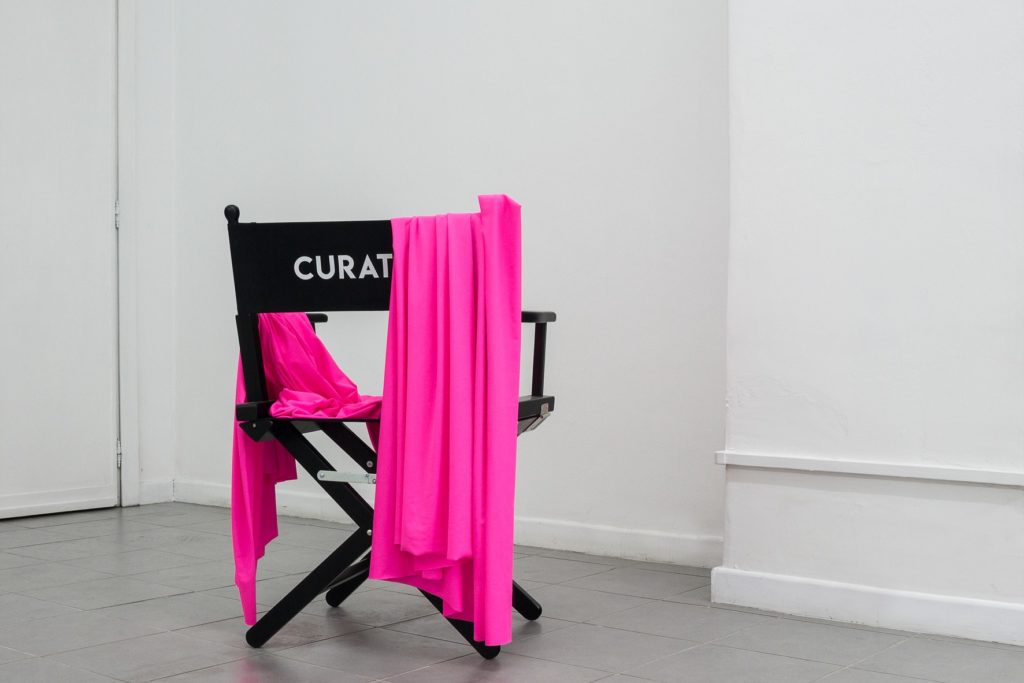
Andrea Frosolini, OOPS…! I didi t again, 2019, chair, sticker, magenta-colored microfiber, 50x50x90 cm, photo by Marco De Rosa 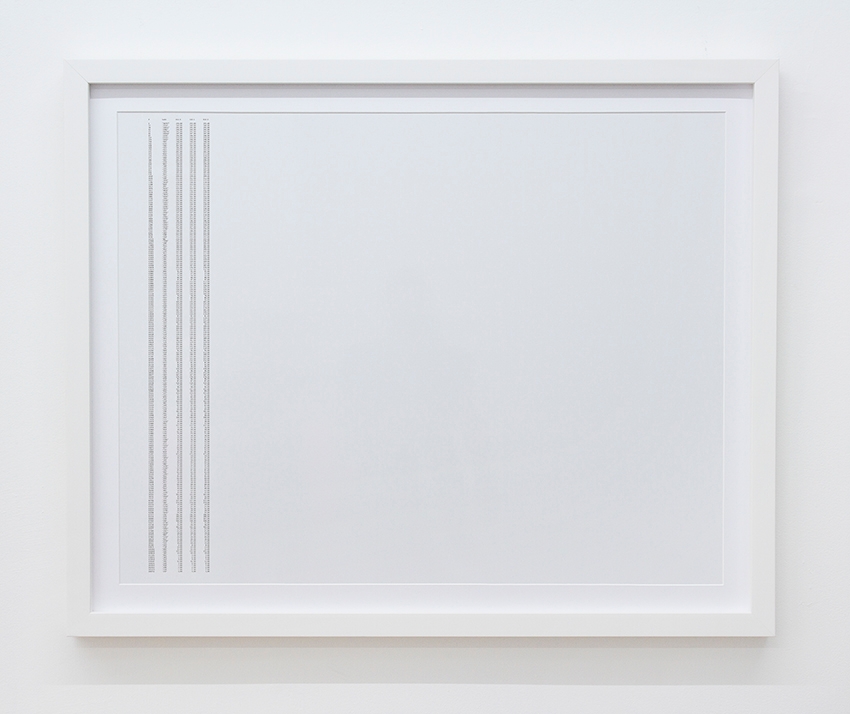
Chiara Fantaccione, Maurice Saatchi e Charles Saatchi 1978, 2019, digital print, frame, 86,5×106,5 cm, photo by Marco De Rosa 
Chiara Fantaccione, Peggy Guggenheim con i suoi cani sulla terrazza di Palazzo Venier dei Leoni 1950, 2019, digital print, frame, 86,5×86,5 cm, photo by Marco De Rosa 
Christophe Constantin, Emergency (Push hit up), 2019, led panel with emergency battery, emergency exit signs, electric panel with emergency light, variable dimensions, photo by Marco De Rosa 
Christophe Constantin, The invisible work of the gallerist, 2019, oil on panel, easel, conveyors, variable dimensions, photo by Marco De Rosa 
Christophe Constantin (aka Porter Ducrist), Titled, 2019, oil on wall, Jersey barrier, construction helmet, gloves, paper, document folder, variable dimension, photo by Marco De Rosa 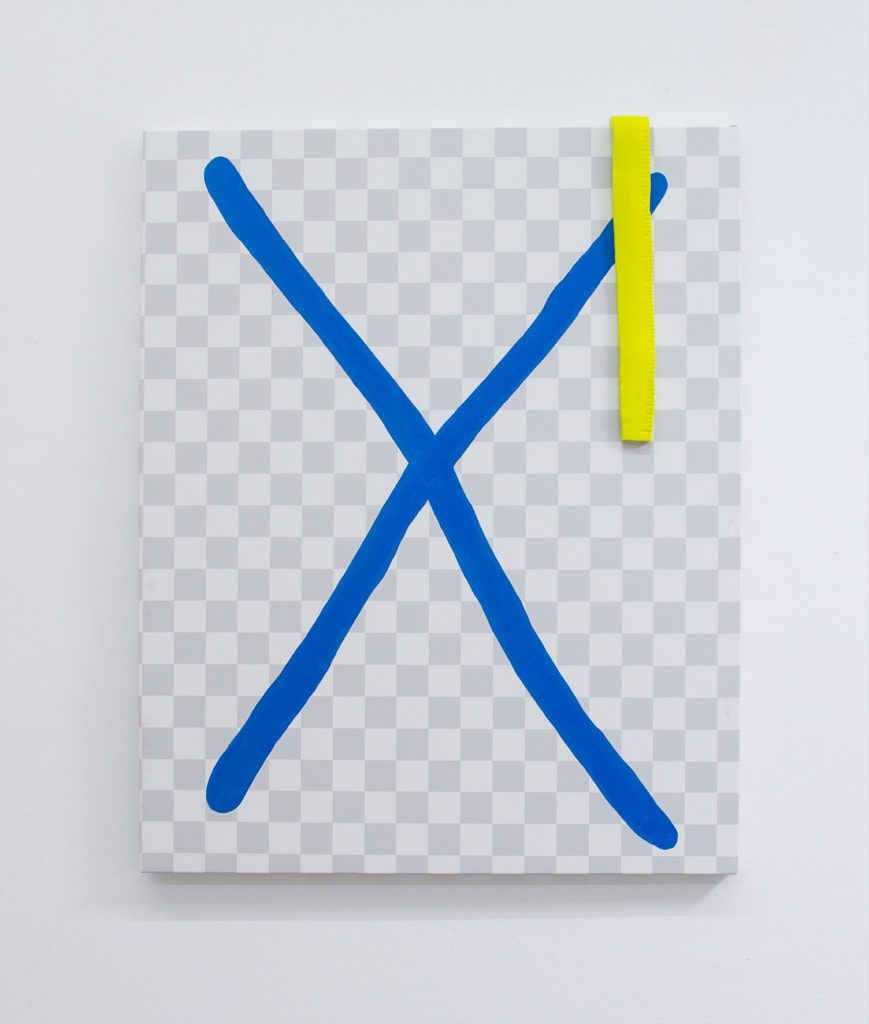
Federica Di Pietrantonio, X, 2019, oil and digital print on canvas, fimo, 100×80 cm, photo by Marco De Rosa 
Federica Di Pietrantonio, Paint roller, 2019, moquette, play-doh, variable dimensions, photo by Marco De Rosa 
Federica Di Pietrantonio, Building up, 2019, digital print on canvas, frame, play-doh, Asus eee pc, variable dimensions, photo by Marco De Rosa 
Marco De Rosa, Stay behind yellow line, 2019, tactile floor, variable dimensions, photo by Marco De Rosa 
Marco De Rosa, Do it yourself 2, 2019, lacquered wood, level bubbles, 80x200x4 cm, photo by Marco De Rosa 
Marco De Rosa, Do it yourself 3, 2019, lacquered wood, level bubbles, 80x80x4 cm, photo by Marco De Rosa 
Marco De Rosa, Do it yourself 1, 2019, lacquered wood, level bubbles, 140x100x4 cm, photo by Marco De Rosa 
Roberta Folliero, Automatic Fresh 3, 2019, AirWick, wood, glass, 15x40x85 cm, photo by Marco De Rosa 
Roberta Folliero, Automatic Fresh 1, 2019, AirWick, wood, glass, 110x15x45 cm, photo by Marco De Rosa 
Roberta Folliero, Automatic Fresh 5, 2019, AirWick, wood, glass, 135x80x25 cm, photo by Marco De Rosa 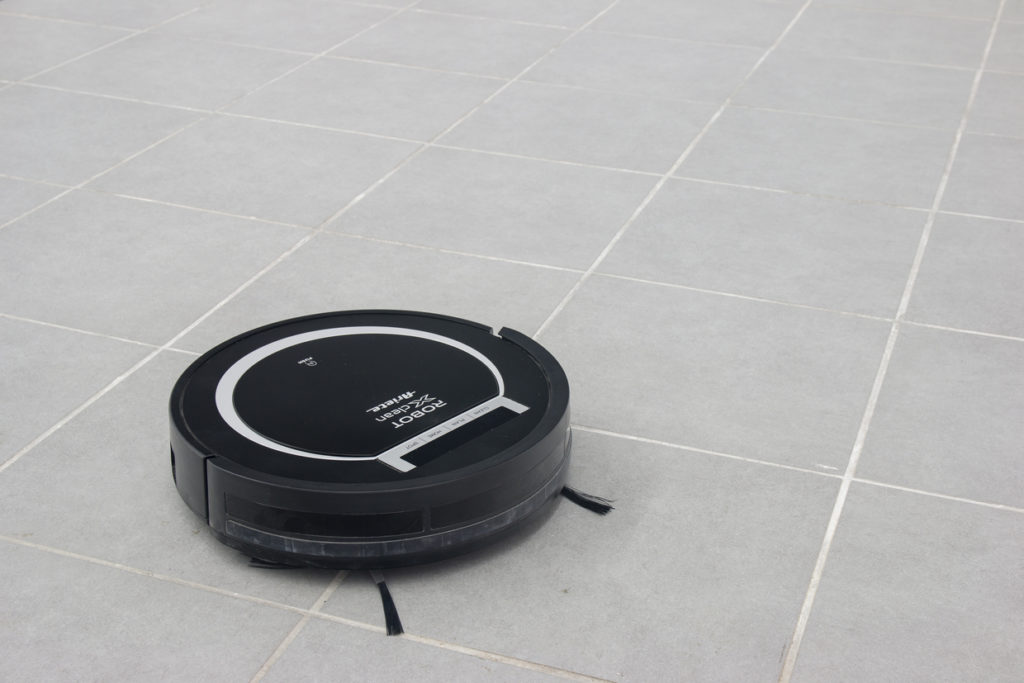
Roberta Folliero, I clean, 2019, aspirator robot, ø 40 cm. photo by Marco De Rosa 
Christophe Constantin, Rappresentazione di un cambiamento (destra 5), oil on board, trafic control lights, cable, varabile dimensions, photo by Marco De Rosa 
Chiara Fantaccione, Telecamera a circuito chiuso, 2019, videocamera, pole, tv monitor, variable dimensions, photo by Marco De Rosa 
Roberta Folliero, Automatic Fresh 2, 2019, AirWick, legno, 15x15x178 cm, photo by Marco De Rosa 
Roberta Folliero, Automatic Fresh 4, 2019, Airwick, legno, 25x30x208 cm, photo by Marco De Rosa
The Gallery Apart is proud to present Chilometro 0 (Zero Mile), a group show that brings together the works by the artists known as In Situ, a sort of artistic living organism who in Tor Bella Monaca, one of Rome’s most difficult neighbourhoods, have founded 11 artist’s studios and an artist run space. A programme that features young international artists in the exhibition space and the sharing of the everyday art practice in the studio characterize this experience that intrigues and engages the city. It is the responsibility of the gallery to point out such vitality in order to enable the artist to express in total freedom their poetics predicated on the intimate link between the artistic expression and existential condition, as well as on the calling into question of the roles of the various stakeholders involved in the art world: from the curator to the artist, from the spectator to the gallery owner. The exhibition is curated by Porter Ducrist, enigmatic and elusive embedded curator. Below is his presentation.
“We live in an image-based society, where representation is more important than the essence. In such confusion between signifier and signified, discerning between illusion and reality becomes nearly impossible. As we all are aware that everything is fiction, what is the role of art in our world? We can hide ourselves behind the moralism which makes art more like a parlor game than an ideological message or a quest of “the fair”. What is art? In such clichéd question, we can already grasp an answer. Art is art, why investigate? It is a certainty that does not need to be called into question! A status quo which is suitable to everyone but which does not lead anywhere, which does not see any future because it doesn’t look for it. If the art starts again from its genesis, it may continue to develop, and thus still be worthy of interest.
Let’s start from the absurd idea that art tries not to be interesting any longer. That the object exposed to the public is freed from any claim, message or added value. “What you see is what you see”, was the challenge launched by Frank Stella and which was taken up also by Donald Judd. The art that educes the reality to represent it as best as possible, starting from scratch through the concreteness of the trivial. Looking for nothing but to start anew, but this time on more solid foundations in order to go on after a too long, minimalist vegetative state. This starting point, this “Chilometro 0” would seem impossible because the importance of the history of art cannot, and should not, be denied, although it represents the only way through which the artist can continue to do what they have always had to do: urging the spectators to reflect by representing their current historical period.
As modern society seems a totalitarian system dominated by the spectacular, it is difficult for the artists to identify themselves as creators of images, since technology has deprived them of their monopoly. If everything is art, then nothing is art. A line of inquiry, a source of inspiration can stem from nothing, we can restart from nothing and it is from nothing that “Chilometro 0” attempts to urge the spectators to reflect. They find themselves immersed in a context where their role is as pivotal as that of the other stakeholders in the “Art” system, from the gallery owner to the curator, each of them called upon to take on new challenges and to represent themselves. Each artwork attempts to give shape to the specific task of each of these protagonists, to an extent that the artist is nearly relegated to the background in order to highlight what surrounds them. The real in art is definitely as detached and disconnected from the real as it is from many other things, but it is not less real than other realities. It is maybe from this statement apparently without rhyme or reason that “Chilometro 0” and the artists exhibited in the exhibition seek to represent the modern society, transforming the gallery into a window on reality.”
The Gallery Apart è orgogliosa di presentare Chilometro 0, mostra collettiva che propone il lavoro di alcuni degli artisti riuniti sotto il nome In Situ, sorta di organismo artistico vivente che a Tor Bella Monaca, una tra le più problematiche periferie romane, ha creato una realtà composta da 11 studi d’artista e un artist run space. Una programmazione di giovani artisti internazionali nello spazio espositivo e la condivisione quotidiana della pratica artistica in studio caratterizzano questa esperienza che intriga ed interroga la città. Ed è compito della galleria segnalare questa vitalità consentendo agli artisti di declinare in piena libertà la loro poetica fondata sullo stretto legame tra espressione artistica e condizione esistenziale, nonché sulla messa in discussione dei ruoli dei diversi soggetti in gioco nel campo artistico: dal curatore all’artista, dallo spettatore al gallerista. La mostra è curata da Porter Ducrist, enigmatico e sfuggente curatore embedded, di cui è di seguito riportato il testo di presentazione:
“Viviamo in una società basata sull’immagine, dove la rappresentazione è più importante dell’essenza. In questa confusione tra significato e significante è quasi impossibile distinguere il reale dall’illusione. Visto che siamo tutti consapevoli che tutto è finzione, qual è il ruolo dell’arte in questo mondo? Ci possiamo nascondere dietro un moralismo che rende l’arte più un gioco di società che un messaggio ideologico o una ricerca del “giusto”. Cos’è l’arte? Nella banalità di questa domanda si può già intuire una risposta. L’arte è arte, perché indagare? È una certezza che non necessita di essere rimessa in discussione! Uno status quo che conviene a tutti, ma che non porta da nessuna parte, non vede un futuro perché non lo cerca. Forse è ripartendo dalla sua genesi che l’arte può continuare a svilupparsi, e quindi continuare a essere degna d’interesse.
Partiamo dall’idea assurda che l’arte tenti di non esserlo più. Che l’oggetto esposto al pubblico venga liberato da qualsiasi pretesa, messaggio o valore aggiunto. “Quello che vedi è quello che è”, la sfida di Frank Stella ripresa da Donald Judd. L’arte che estrae la realtà per rappresentarla al meglio, rimettendosi in gioco tramite la concretezza del banale. Non cercando nient’altro che un punto di inizio per ricostruirsi e ripartire, ma questa volta su basi più sane per cercare almeno di continuare ad andare avanti dopo uno stato di vegetazione minimalista ormai durato troppo tempo. Questo punto di inizio, questo “Chilometro 0” sembrerebbe impossibile perché non si può negare l’importanza della storia dell’arte e non lo si deve fare, ma rappresenta l’unico modo con cui l’artista può continuare a fare quello che ha sempre dovuto fare, interrogare lo spettatore rappresentando il proprio periodo storico.
Considerando la società odierna un sistema totalitario dominato dallo spettacolo, diventa difficile per un artista continuare a identificarsi come creatore d’immagini, la tecnologia avendolo privato del suo monopolio. Se tutto è arte, niente lo è più. Dal niente si può trovare una bella pista di indagine, una fonte d’ispirazione, dal niente si può ripartire ed è dal niente che “Chilometro 0” cerca di interrogare lo spettatore. Quest’ultimo si trova immerso in un contesto in cui il suo ruolo è centrale quanto lo è quello degli altri attori del sistema “Arte”, dal gallerista al curatore, ognuno obbligato a rimettersi in gioco e a rappresentarsi. Ogni opera esposta cerca di dare forma in maniera concreta al compito specifico di ciascuno di questi protagonisti, al punto da collocare l’artista quasi in secondo piano così da mettere piuttosto maggiormente in luce quello che lo circonda. Il reale nell’arte è sicuramente tanto staccato dal reale quanto da tante altre cose, ma non lo rende comunque meno reale di altre realtà. È forse da questa frase senza capo né coda che “Chilometro 0” e gli artisti presentati in mostra cercano di rappresentare la società contemporanea, trasformando la galleria in una finestra aperta sul reale.”
share on